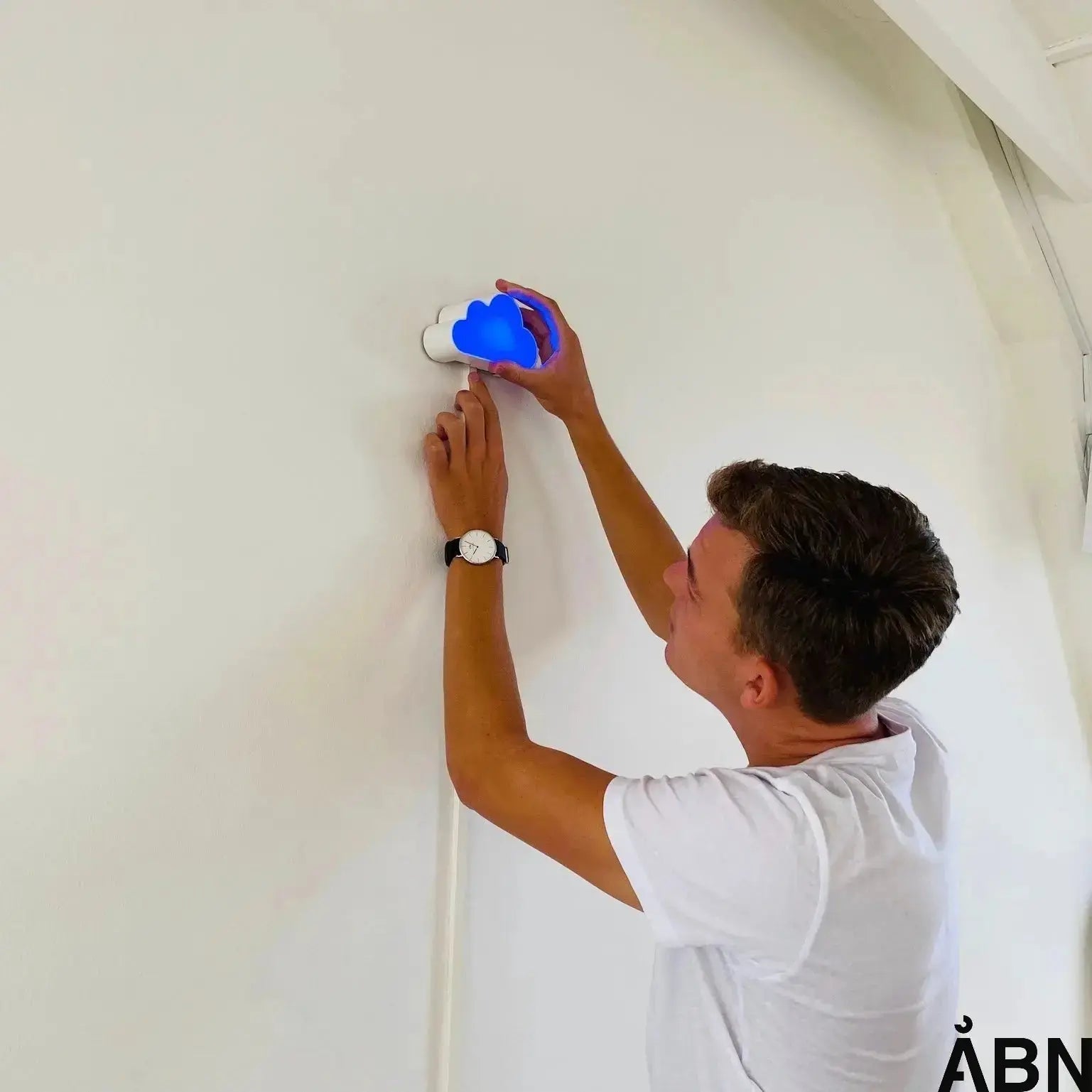CO₂ in schools and offices: Facts and statistics about Danish indoor climate
When we talk about the indoor climate in schools and offices, CO₂ levels are one of the most important factors to focus on. In this article, we will take a closer look at how CO₂ affects the indoor climate, and what consequences it can have for both the health and well-being of children and adults. We will also look at how Danish schools and offices are performing in relation to CO₂ levels, and what can be done to improve the indoor climate.
According to studies from, among others, Poor indoor climate affects learning and Poor indoor climate in Danish schools – a study of the indoor climate in 60 schools , it is clear that high CO₂ levels can have a negative effect on learning and well-being among students. It is therefore crucial to focus on reducing CO₂ levels in the school environment to create optimal conditions for learning and well-being.
In the office environment, CO₂ also plays a significant role, as shown in Indoor climate in offices – what does the research say? . High CO₂ levels can lead to fatigue, headaches and reduced concentration, which in turn can affect productivity and well-being in the workplace. Therefore, it is important to ensure a good indoor climate with optimal CO₂ levels to create healthy and productive working conditions.
According to Better indoor climate in schools and daycare institutions – recommendations for municipalities and developers, there are a number of recommendations on how municipalities and developers can improve the indoor climate in schools and daycare institutions. These recommendations include, among other things, optimal ventilation, regular airing and the use of CO₂ sensors to monitor and control air quality.
At ÅBN, we work to create technological solutions that can help visualize and optimize the indoor climate in schools and offices. With our innovative sensors and dashboards, we can create insight into CO₂ levels and other important factors in the indoor climate, so that users can make informed decisions to improve air quality.
FAQ about CO₂ in schools and offices
How do high CO₂ levels affect the indoor climate in schools?
High CO₂ levels in schools can lead to poorer learning, fatigue and reduced concentration in students.
How can CO₂ levels be reduced in an office environment?
You can reduce CO₂ levels in an office environment by ensuring good ventilation, regular airing, and using CO₂ sensors to monitor air quality.
How can technological solutions help improve the indoor climate in schools and offices?
Technological solutions such as CO₂ sensors and dashboards can provide users with insight into air quality and help them make informed decisions about improving indoor air quality.
At ÅBN , we are dedicated to creating healthier and more sustainable indoor climates for schools, offices and institutions. If you would like advice, data or solutions to improve the air quality in your institution, please contact us. We are ready to help create a better indoor climate for everyone.
Remember that a good indoor climate is the key to health, well-being and productivity - let's make a difference together for future generations.









